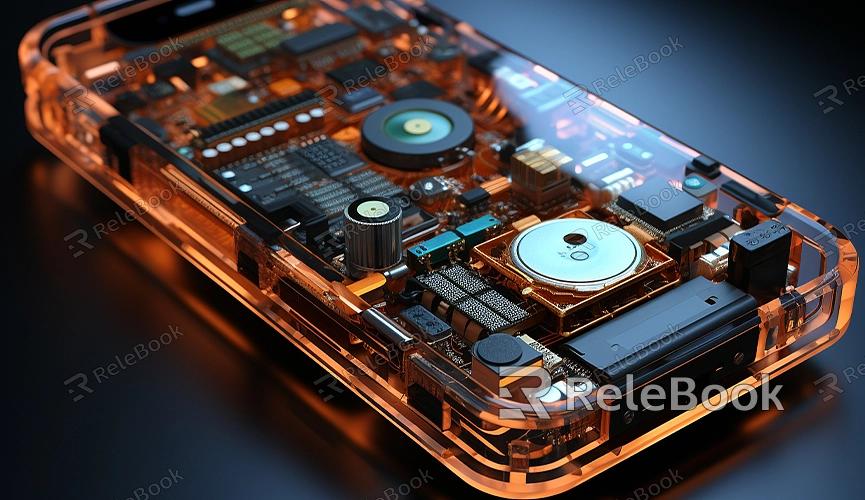Rough Metal Texture in Blender
Rough Metal Texture is a common design element primarily used to simulate the roughness and texture of metal surfaces in 3D modeling software. This texture, by presenting details such as grains, uneven surfaces, and reflections on metal surfaces, provides a realistic metallic appearance to 3D models. It adds complexity and depth to designs and is frequently employed in rendering models and specific virtual scenes.

Operational Steps for Using Rough Metal Texture in Blender:
1. Choose the Appropriate Metal Type: In Blender, select the metal type suitable for your project, such as iron, weathered metal, etc., to meet design requirements.
2. Import and Apply Texture: Import the chosen Rough Metal Texture into the Blender project and apply it to the metal surface of the 3D model, ensuring proper texture mapping.
3. Adjust Color and Reflection: Based on metal characteristics, adjust the texture's color and reflection parameters to achieve an appearance closer to real metal.
4. Optimize Details and Unevenness: Focus on the details of the metal surface, optimizing grains and unevenness to make the texture more realistic and three-dimensional.
5. Combine with Lighting and Other Elements: Rough Metal Texture often requires integration with lighting, other texture elements, etc., to achieve a richer layering and effect.
Common Rendering Applications of Rough Metal Texture in Blender:
1. Industrial Equipment Rendering: Suitable for rendering equipment and mechanical parts in industrial scenes, adding a realistic metal texture to their surfaces for a more lifelike overall scene.
2. Automotive Exterior Design: Used in the exterior design of car models to give the body surface a metallic grain, enhancing the rendering effect of automobiles.
3. Architectural Elements: Applied in architectural design for elements like metal railings, staircase handrails, etc., to increase the metal texture on their surfaces and enhance the design's tactile feel.
4. Sci-Fi Scene Production: Used in modeling and rendering sci-fi scenes, providing a futuristic metallic appearance to spaceships, robots, etc.
5. Electronic Product Design: Suitable for designing electronic product casings, metal buttons, etc., adding a modern touch to the product.
Effects of Using Rough Metal Texture for 3D Model Rendering:
1. Realistic Texture: The application of Rough Metal Texture makes the metal surface more realistic, presenting delicate grains and light effects, enhancing the tactile feel of the 3D model.
2. Enhanced Layering: The texture's details and unevenness add layering to the model, making it easier for viewers to capture subtle changes in different areas.
3. Reflective Light Effects: The reflective nature of a rough metal surface captures light sources more effectively, producing more realistic reflective light effects.
Rough Metal Texture is one of the commonly used textures in Blender, with a wide range of applications, from industrial scenes to sci-fi settings, injecting a sense of complexity into designs. When using Rough Metal Texture in Blender, adjusting parameters and combining with other elements can create expressive metal appearances. If you need high-quality 3D textures and HDRI or are looking for 3D model downloads, you can find them on Relebook. After downloading, you can directly import the textures and 3D models into your projects.

